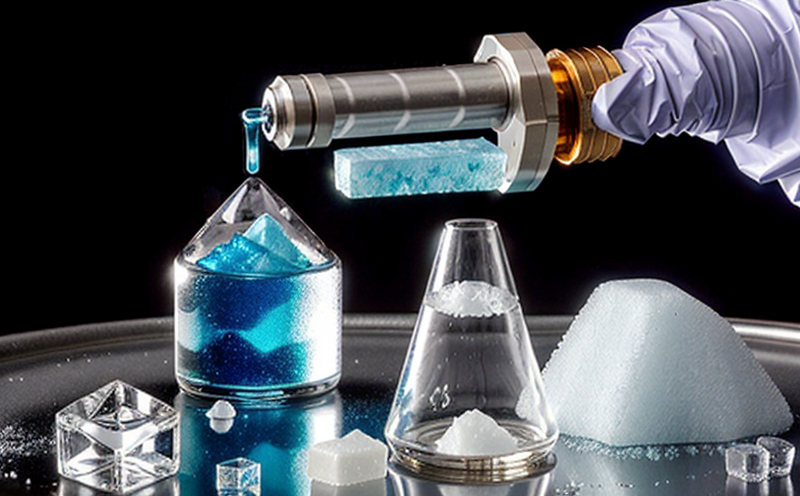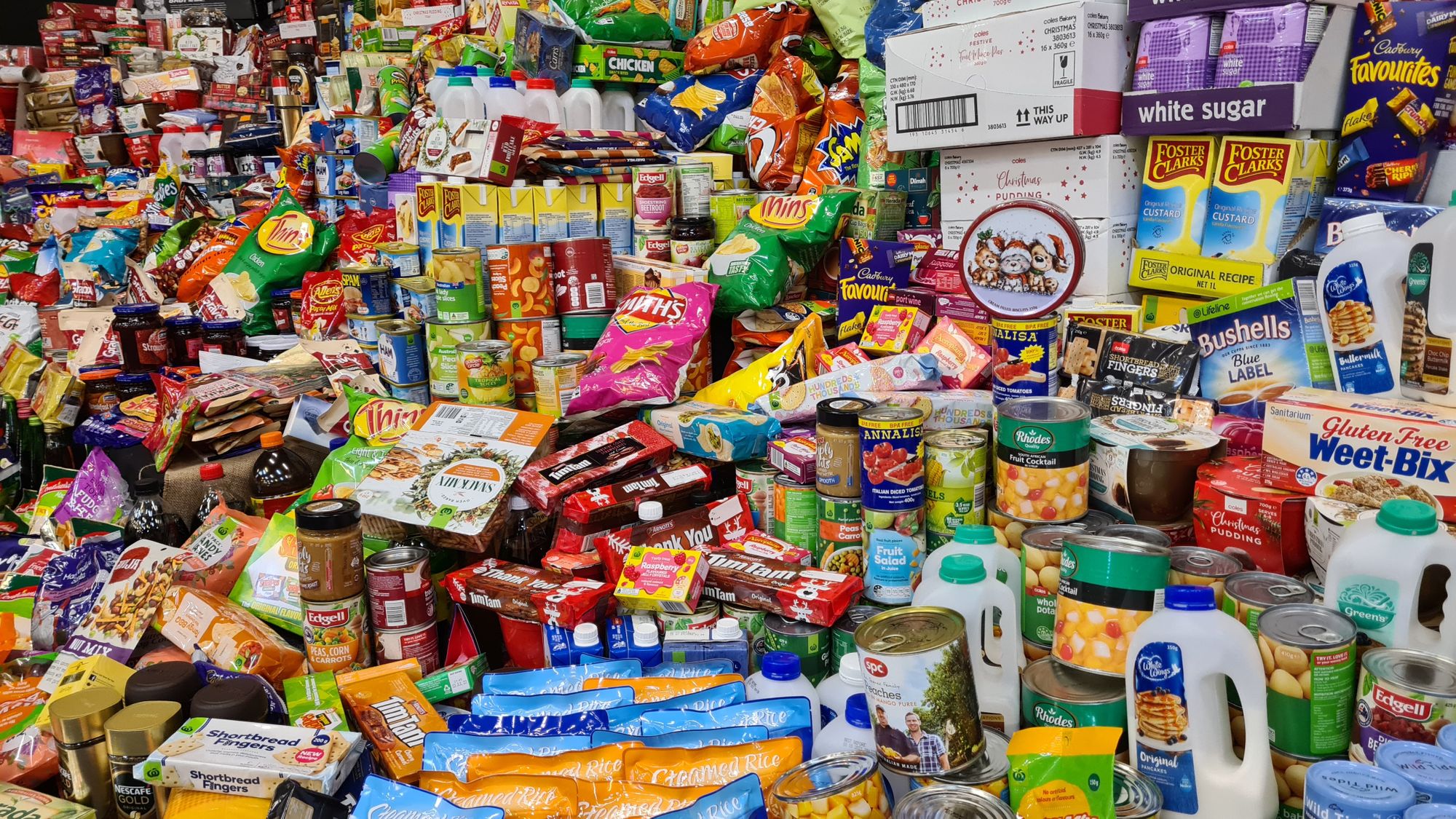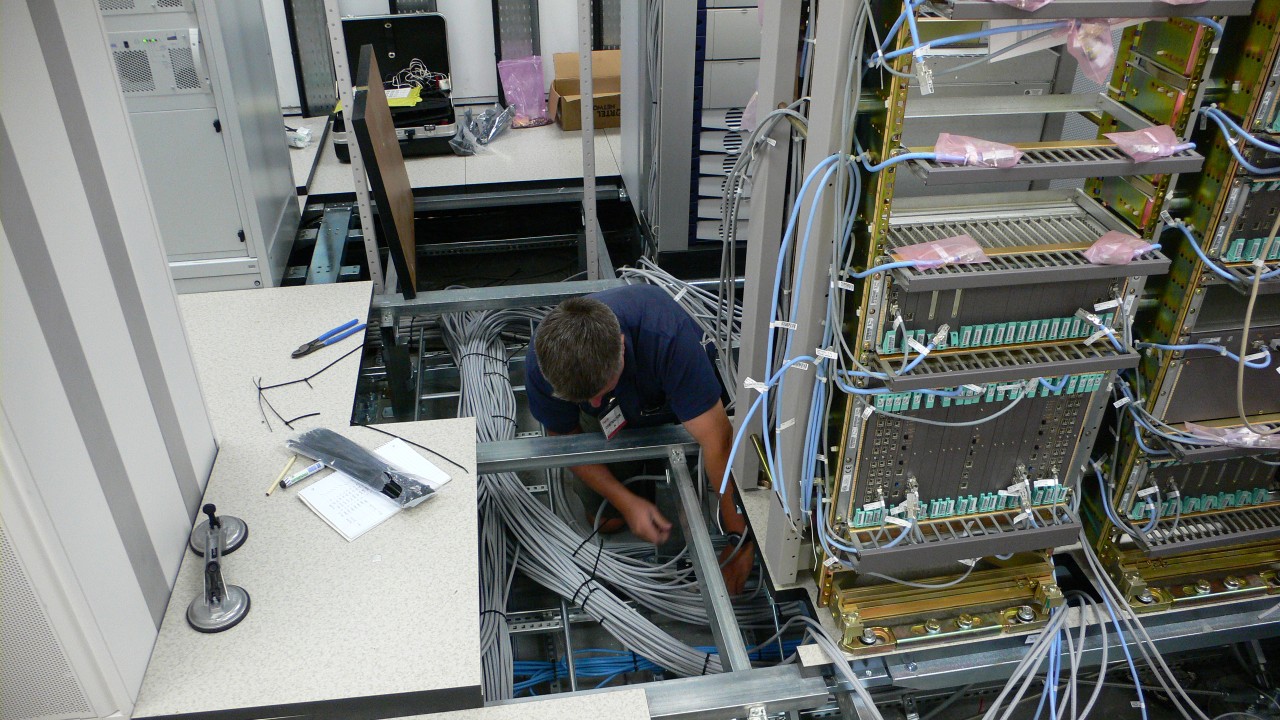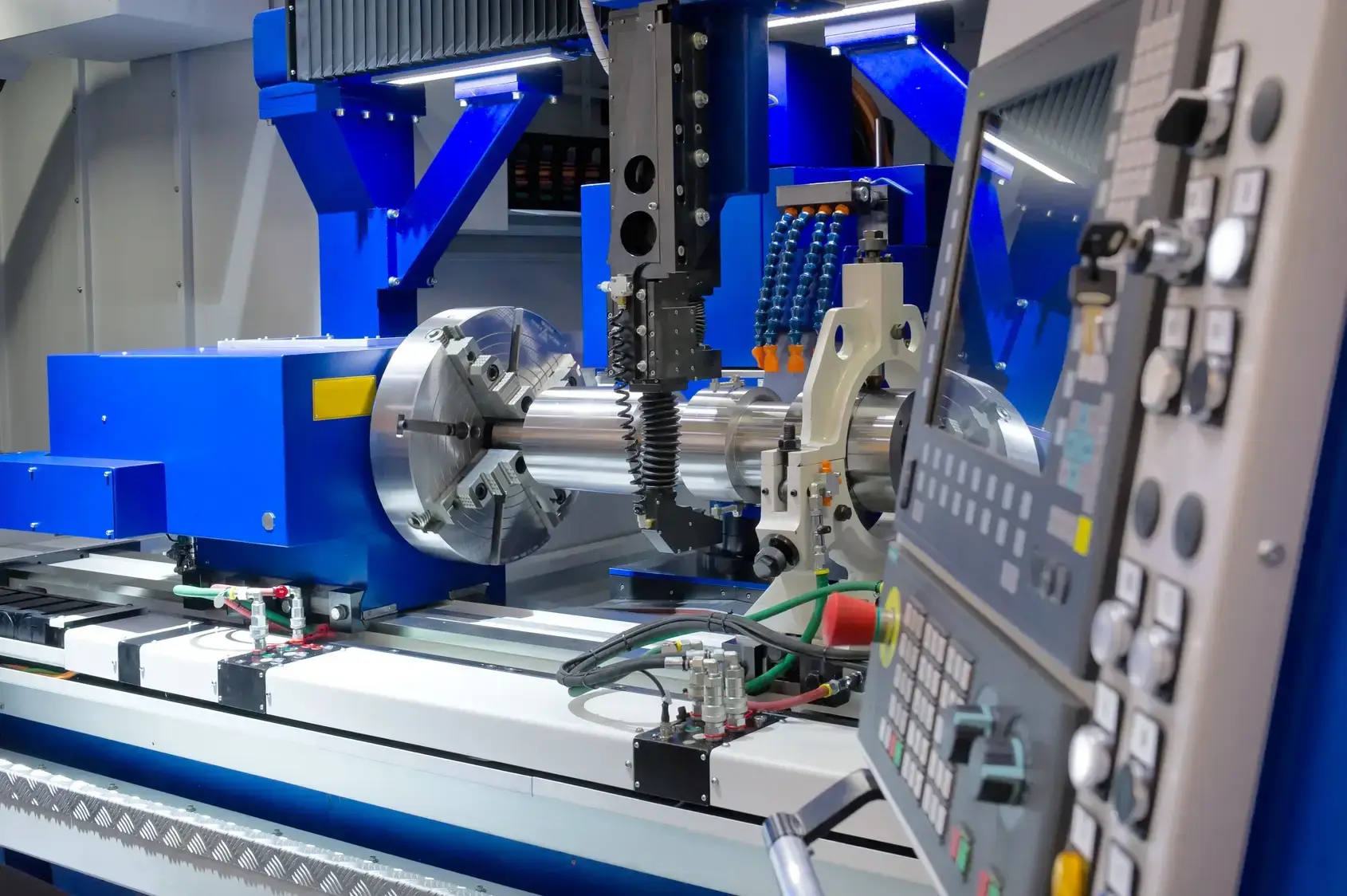Testing for changes in the dimensional stability of materials when exposed to freezing and thawing
Unlocking the Secrets of Materials Eurolabs Expertise in Testing for Changes in Dimensional Stability
As manufacturers and suppliers, you understand the importance of producing high-quality materials that meet the demands of various industries. However, even with rigorous testing and quality control measures in place, materials can still undergo dimensional changes when exposed to freezing and thawing temperatures. This phenomenon, known as dimensional instability, can lead to costly consequences, including reduced product lifespan, decreased performance, and compromised safety.
At Eurolab, we specialize in providing a comprehensive laboratory service that helps businesses like yours identify and mitigate the risks associated with material dimensional changes. Our expert team conducts rigorous testing for changes in dimensional stability of materials when exposed to freezing and thawing temperatures, ensuring that your products meet the highest standards of quality and performance.
What is Testing for Changes in Dimensional Stability?
Testing for changes in dimensional stability involves subjecting a material to repeated cycles of freezing and thawing temperatures, simulating real-world conditions. Our team of experienced scientists and technicians monitor the materials dimensions before, during, and after each cycle, using advanced instrumentation and techniques.
This process allows us to identify any changes in the materials shape, size, or volume, providing valuable insights into its behavior under different environmental conditions. By understanding how your materials perform in freezing and thawing environments, you can
Improve product design by optimizing dimensions and shapes for specific applications
Enhance durability by identifying potential weaknesses and developing strategies to mitigate them
Reduce costs associated with material failures, returns, or warranty claims
Benefits of Using Eurolabs Testing Services
Our comprehensive testing services offer numerous benefits to businesses like yours. Here are some key advantages
Compliance with Industry Standards Our testing services help ensure that your materials comply with relevant industry standards and regulations.
Improved Product Quality By identifying potential dimensional changes, you can optimize product design, leading to improved performance, durability, and overall quality.
Reduced Liability Understanding how your materials behave under different environmental conditions helps mitigate risks associated with material failures, reducing liability and protecting your brand reputation.
Increased Efficiency With our expert analysis and reporting, youll gain valuable insights into your materials behavior, enabling informed decision-making and streamlining production processes.
Enhanced Customer Satisfaction By delivering high-quality products that meet or exceed customer expectations, youll build trust and loyalty with your customers.
Key Benefits of Our Testing Services
Here are some key benefits of using Eurolabs testing services
Precision and Accuracy Our state-of-the-art instrumentation and expert technicians ensure precise measurements and accurate results.
Rigorous Testing Protocols We follow strict protocols to simulate real-world conditions, ensuring reliable and consistent results.
Timely Results With our efficient laboratory operations and expert analysis, youll receive comprehensive reports and data within a shorter timeframe.
Expert Interpretation Our team of scientists and technicians will provide detailed insights and recommendations based on the test results.
Frequently Asked Questions (FAQs)
Weve compiled some common questions about our testing services to help you better understand our expertise
Q What types of materials can be tested?
A We can test a wide range of materials, including metals, polymers, ceramics, and composites.
Q How many cycles are included in the testing process?
A The number of cycles depends on the specific requirements of your project, but we typically conduct between 5-20 cycles to simulate real-world conditions.
Q Can you provide results for multiple materials at once?
A Yes, our laboratory is equipped to test multiple samples simultaneously, allowing us to analyze and compare different materials efficiently.
Q How long does it take to receive the test results?
A Our expert team works efficiently to ensure timely delivery of comprehensive reports and data. Turnaround times vary depending on the scope and complexity of your project.
Conclusion
Eurolabs testing services for changes in dimensional stability are designed to help businesses like yours unlock the secrets of materials, ensuring that your products meet the highest standards of quality, performance, and safety. By partnering with us, youll gain valuable insights into material behavior under different environmental conditions, enabling informed decision-making and streamlining production processes.
Our expert team, state-of-the-art instrumentation, and rigorous testing protocols ensure precision, accuracy, and timely results. Join our network today to discover the benefits of comprehensive testing for changes in dimensional stability with Eurolab!
-
Simulating the effects of repeated freeze-thaw cycles on construction materials
-
Testing materials for their ability to withstand the expansion and contraction caused by freezing and thawing
-
Ensuring that concrete, brick, and stone retain their integrity when subjected to freezing temperatures followed by thawing
-
Evaluating the ability of materials to resist cracking, spalling, or delamination after freeze-thaw exposure
-
Testing how materials like asphalt and cement react to temperature fluctuations and freezing water
-
Simulating winter conditions to assess how materials perform in regions with extreme cold and fluctuating temperatures
-
Ensuring that construction materials maintain their strength and structure when exposed to freeze-thaw conditions
-
Testing the resistance of waterproofing and sealant materials to freeze-thaw cycles
-
Verifying that construction materials used in roads, bridges, and pavements are resilient to freeze-thaw damage
-
Simulating the effects of wetting and drying, combined with freezing and thawing, on construction materials
-
Testing for the ability of materials to resist moisture absorption and freezing-related damage
-
Evaluating the durability of materials used in exterior applications such as roofing, facades, and pavements under freeze-thaw conditions
-
Ensuring that materials used in foundations and basements are resistant to water infiltration and freeze-thaw cycles
-
Verifying that materials used for building envelopes can resist cracking, erosion, and damage from freezing conditions
-
Testing how freeze-thaw cycles affect materials used in high-altitude or northern climates
-
Simulating freeze-thaw cycles in combination with other environmental stresses to assess material resilience
-
Verifying the performance of materials used in landscaping and exterior finishes after freeze-thaw exposure
-
Ensuring that frozen soil and other environmental factors do not damage foundation materials during freeze-thaw cycles
-
Testing the ability of materials to resist degradation due to the crystallization of moisture within the material during freezing
-
Simulating the effects of repeated freeze-thaw cycles on materials in coastal areas where saltwater may accelerate deterioration
-
Testing the performance of thermal insulation materials under freeze-thaw conditions




